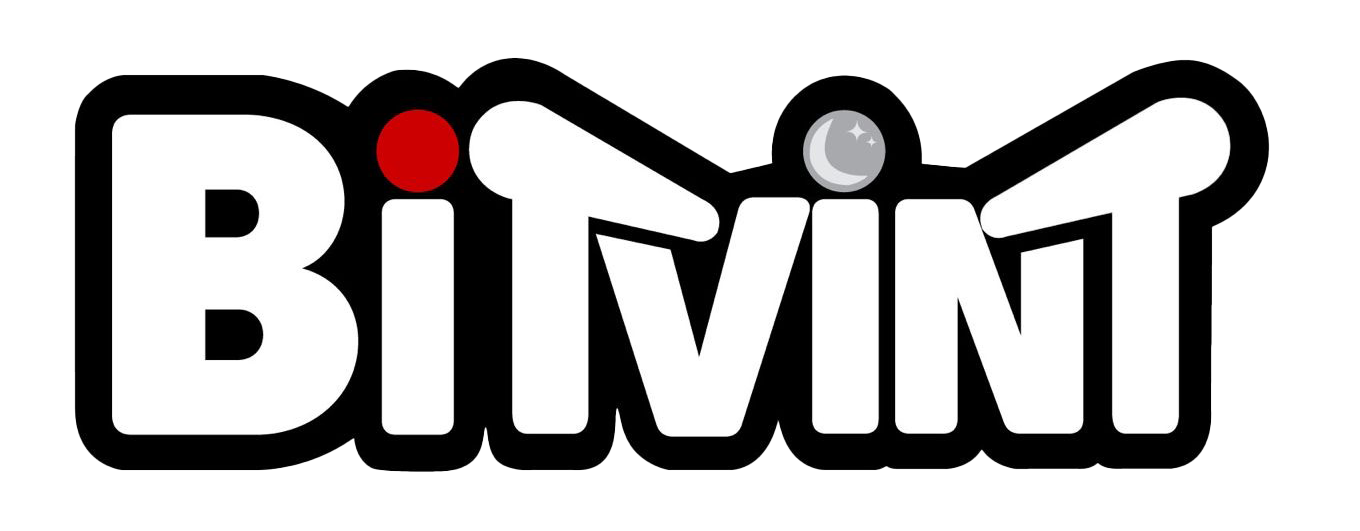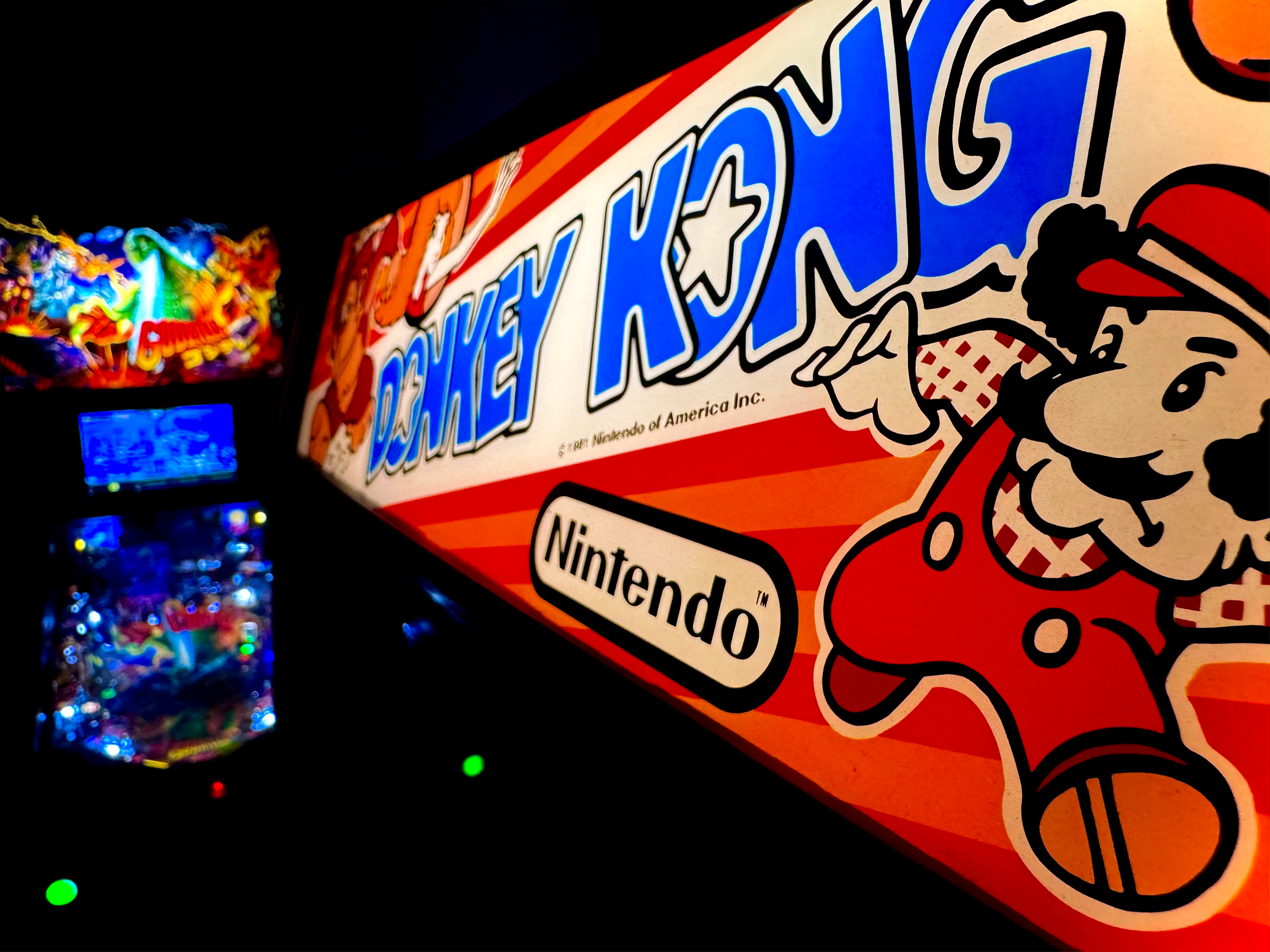Introduction
Before Mario became the face of Nintendo and one of the most recognizable characters in gaming history, he first rose to prominence in the arcades. Long before Super Mario Bros. revolutionized platforming in 1985, Mario was already a key figure in Nintendo’s efforts to establish itself in the gaming industry. His early arcade appearances not only laid the foundation for his success but also played a crucial role in shaping the future of video games.
This article explores Mario’s origins in arcade gaming, his evolution through key titles, and how he transitioned from an arcade character to the face of home console gaming.
The Birth of Mario: Donkey Kong (1981)
In the late 1970s, Nintendo struggled to gain traction in the arcade market. Radar Scope, one of their early attempts, failed to make an impact in North America, leaving the company searching for a breakthrough. That breakthrough came in the form of Donkey Kong (1981), a game designed by a then-little-known developer, Shigeru Miyamoto.
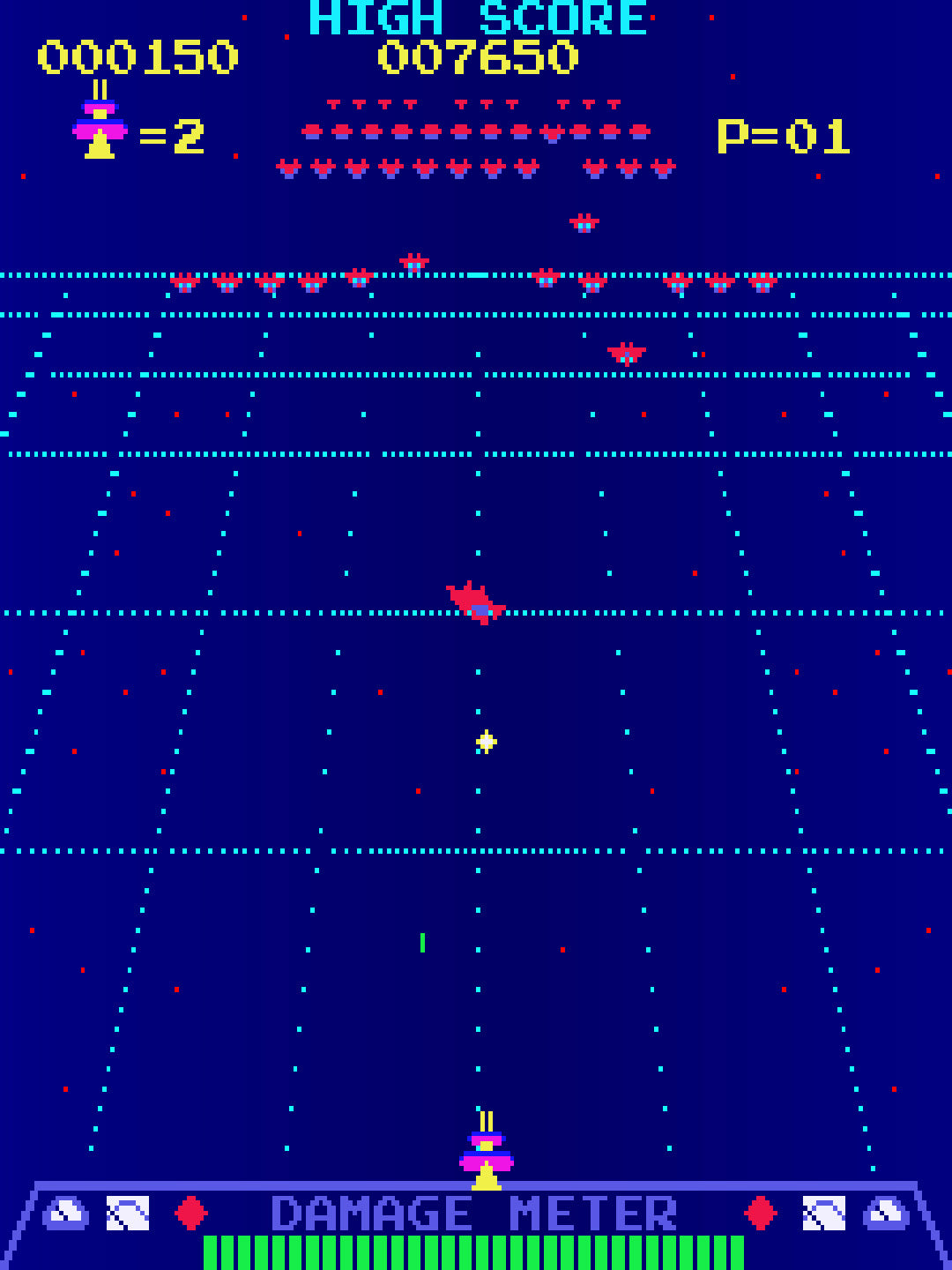
This groundbreaking game introduced the world to Jumpman, later renamed Mario, a carpenter on a mission to rescue his kidnapped girlfriend from the clutches of Donkey Kong. Unlike earlier arcade titles that primarily focused on shooting mechanics, Donkey Kong was one of the first platformers, emphasizing jumping, climbing, and avoiding obstacles.
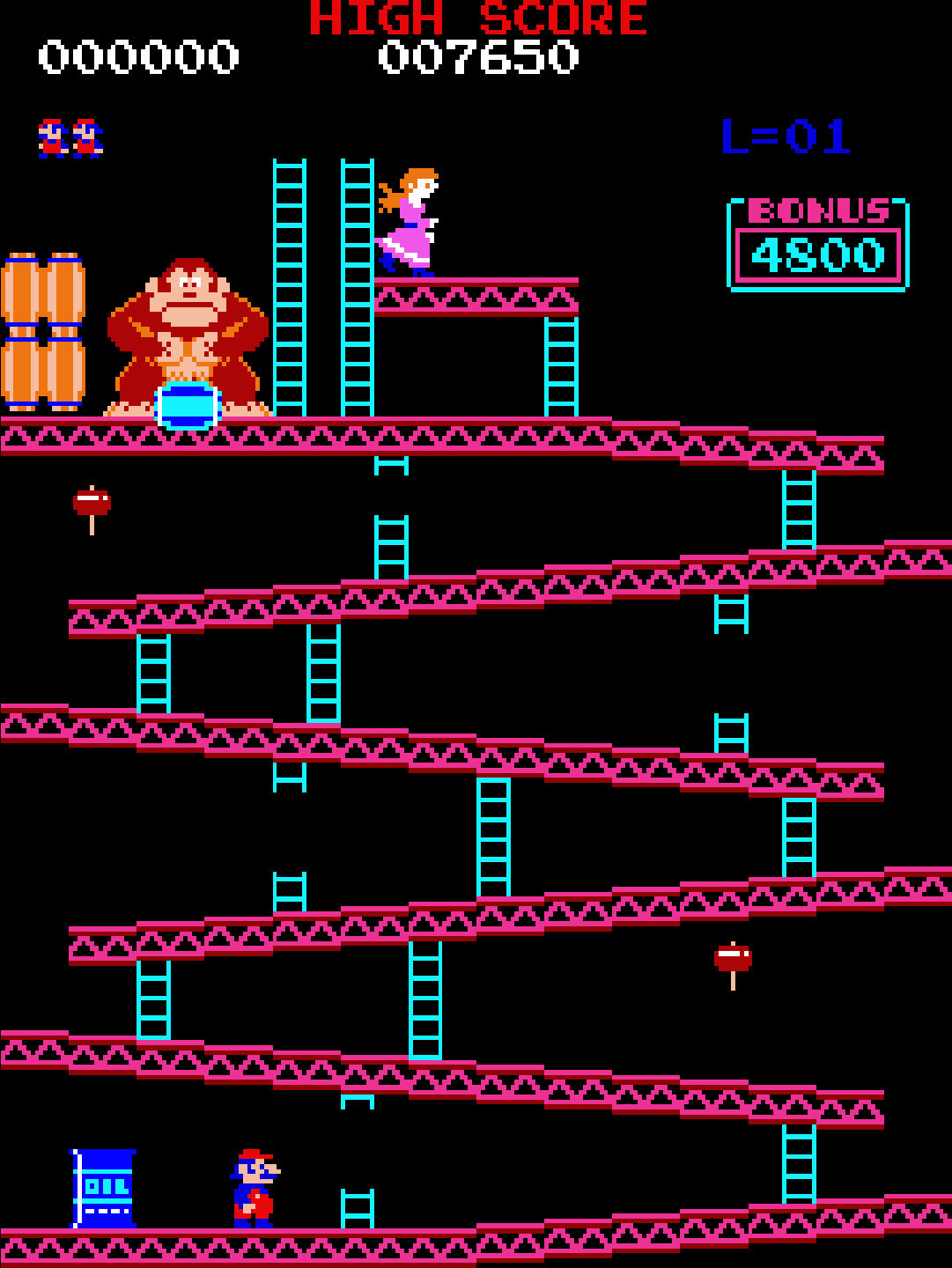
The game was a massive success, redefining arcade gameplay and making Mario a standout character in the process. With its engaging levels, unique mechanics, and compelling narrative (for the time), Donkey Kong became one of the most influential arcade games ever made.
Mario's Next Steps: Donkey Kong Jr. (1982) & Mario Bros. (1983)
Following the success of Donkey Kong, Nintendo quickly released a sequel in 1982: Donkey Kong Jr. This game made history as the first and only time Mario was portrayed as a villain. Players took control of Donkey Kong’s son, attempting to rescue his father from Mario, who had trapped him in a cage. While it wasn’t as successful as its predecessor, it continued to build Mario’s presence in arcades.
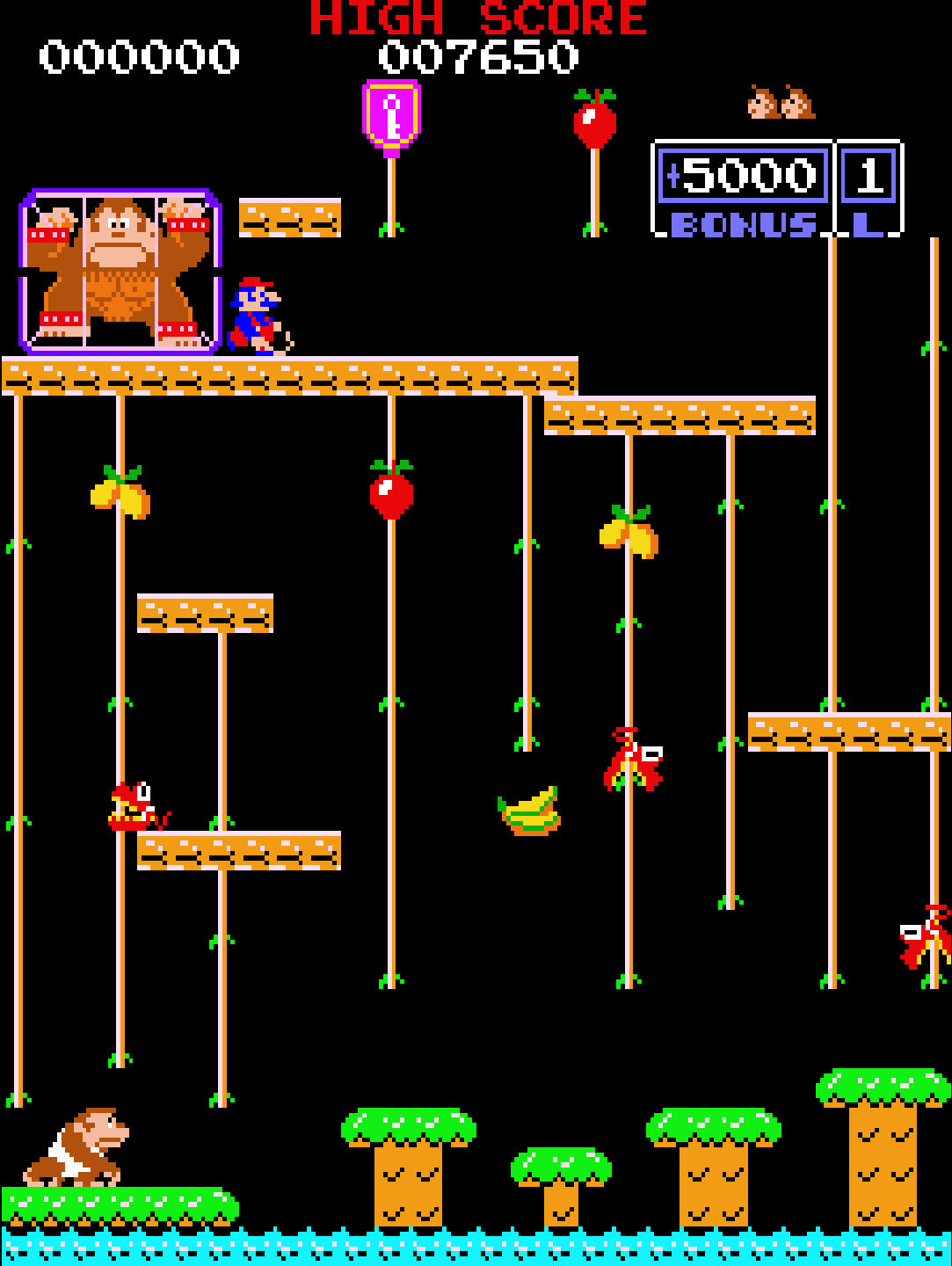
The next major step in Mario’s arcade journey was Mario Bros. (1983). This title introduced several key elements that would define Mario’s future, including his brother Luigi and the plumber profession that became central to his identity. The game featured a cooperative and competitive multiplayer mode, with Mario and Luigi working to defeat enemies in an underground sewer setting. Mario Bros. refined Mario’s design, giving him a more distinct look, and introduced mechanics that influenced later platformers.
Though the game saw moderate arcade success, it found a much bigger audience once it was ported to home consoles, foreshadowing Mario’s shift from arcades to living rooms worldwide.
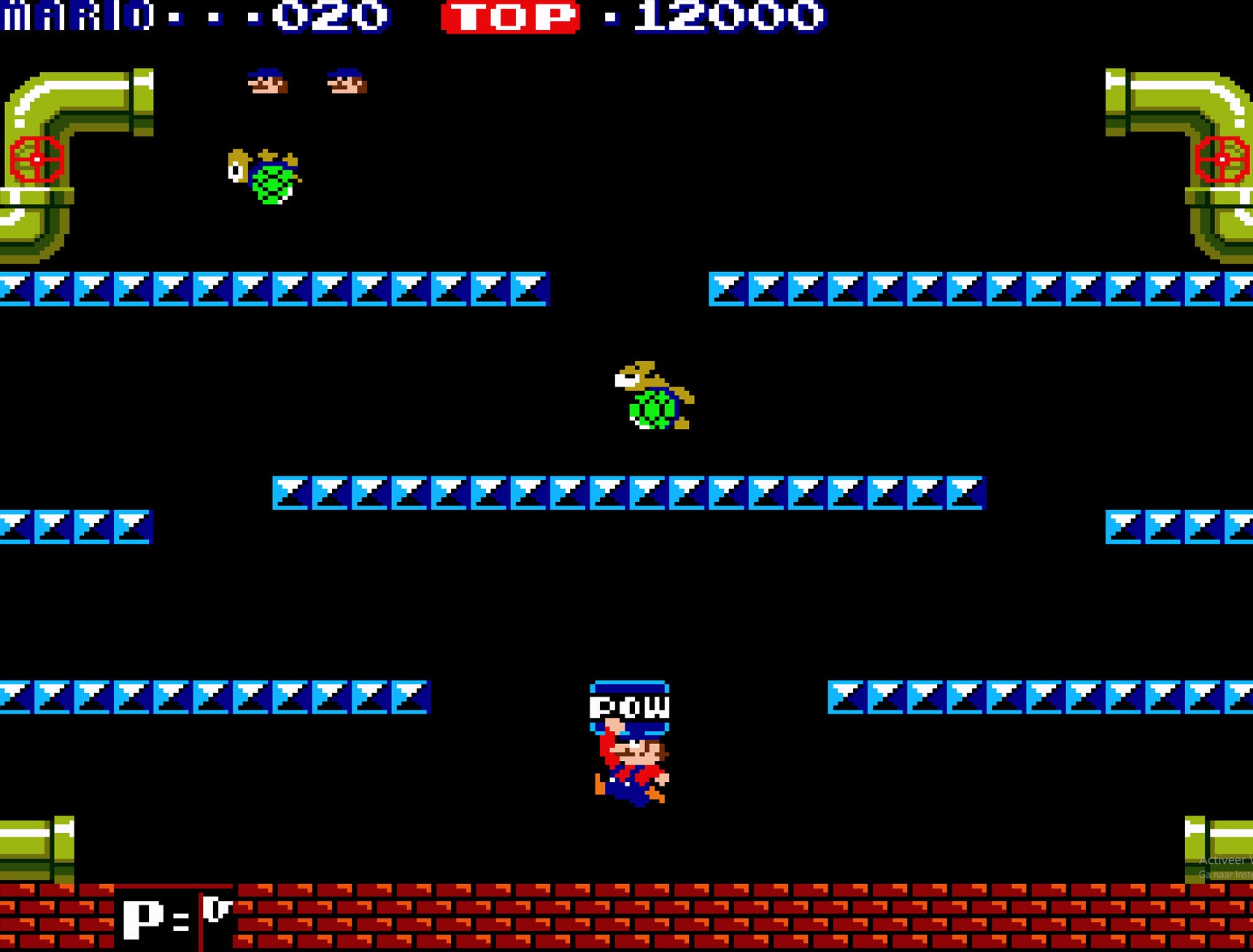
The Shift from Arcade to Console: Super Mario Bros. (1985)
By 1984, arcade gaming was beginning to decline as home consoles, particularly the Nintendo Entertainment System (NES), gained popularity. Mario Bros. had already proven that Mario could succeed outside of arcades, and Nintendo saw an opportunity to take him further.
In 1985, Super Mario Bros. was released for the NES, completely redefining platforming. With expansive side-scrolling levels, power-ups, and tight controls, the game set a new standard for video games. While Mario had become famous through arcade hits, it was Super Mario Bros. that turned him into a global gaming icon and shifted Nintendo’s focus toward home consoles.
This transition marked the end of Mario’s dominance in arcades. However, his arcade legacy remained an important part of gaming history, influencing countless titles and game mechanics that followed.
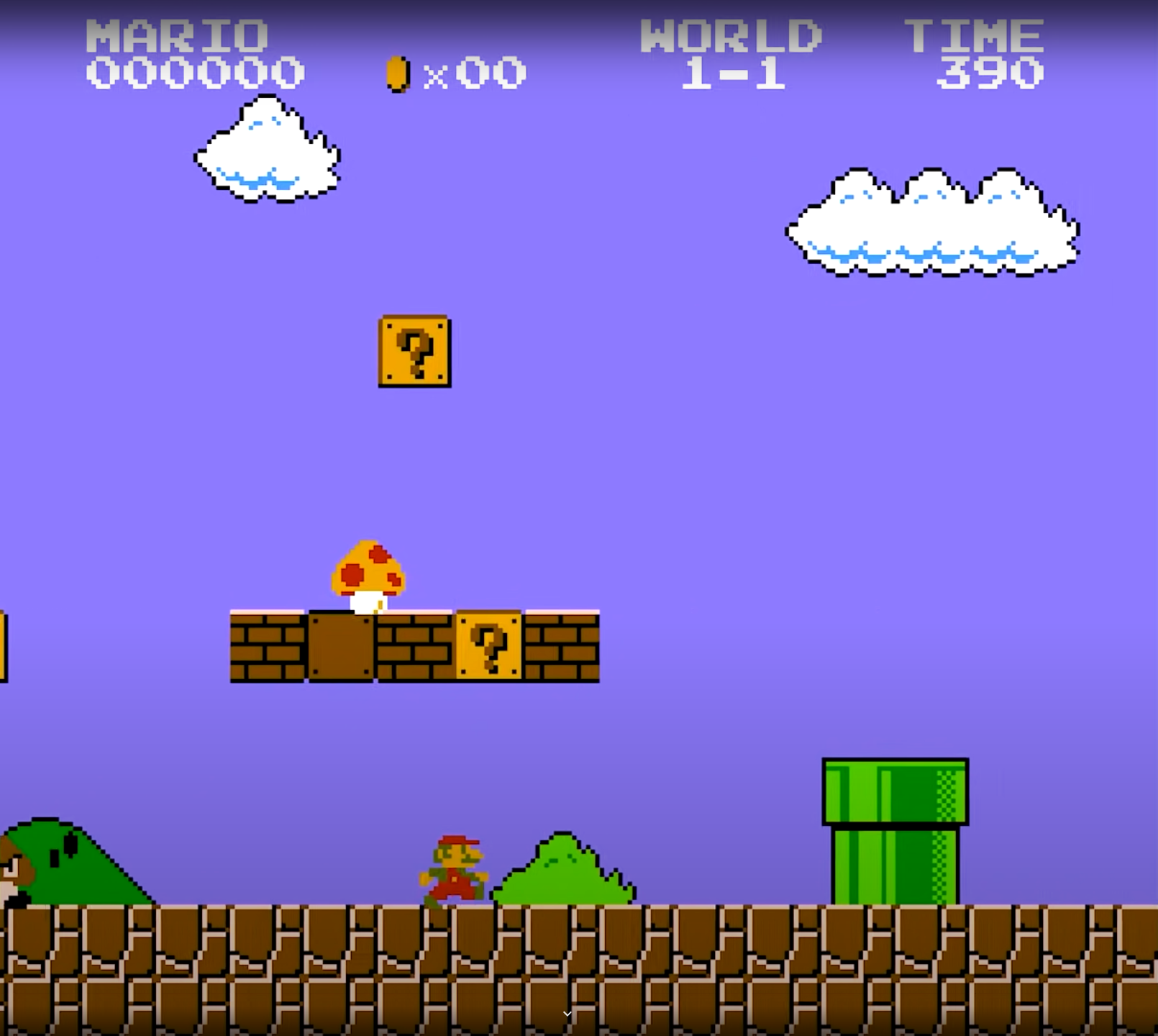
Mario’s Arcade Legacy & Influence
Although Mario’s presence in arcades diminished after the NES era, his legacy in the arcade world never truly disappeared. His early arcade games influenced the development of platformers, multiplayer mechanics, and game storytelling. Nintendo continued to embrace arcade-style gaming in several ways:
- The release of Mario Kart Arcade GP and other arcade-exclusive Mario titles kept his presence alive in coin-operated machines.
- Classic Mario arcade games remain popular through re-releases in Nintendo Switch Online, Virtual Console, and arcade collections.
- The arcade-inspired gameplay mechanics seen in modern Mario games, such as Super Mario Maker and Super Mario 3D World, show the continued influence of his arcade roots.
Conclusion
Mario’s journey from arcade character to global icon is a testament to Nintendo’s innovation and ability to evolve with the industry. His arcade beginnings in Donkey Kong, Donkey Kong Jr., and Mario Bros. laid the foundation for the platforming mechanics that shaped modern gaming. While his transition to home consoles with Super Mario Bros. marked a shift away from arcades, his influence on arcade-style gaming continues to be felt today.
From the cabinets of the early 1980s to the latest Nintendo consoles, Mario’s legacy remains one of the most enduring in video game history.
Sources
- Nintendo's official history page on Mario.
- History.com's deepdive article 'How Super Mario Helped Nintendo Conquer the Video Game World'.
- Electronic Games Magazine (Winter Issue 1981), (Issue March 1982) (Issue January 1983), (Issue January 1984)
- Kotaku's article on Mario.
Related Pages
Questions you might have:
When was Mario first introduced in retro arcades?
Mario was first introduced in retro arcades in 1983 with the release of "Mario Bros." This arcade game marked Mario's debut as a standalone character, distinct from his appearance in Donkey Kong.
What were the earliest Mario arcade games?
The earliest Mario arcade games include "Donkey Kong" (1981) and its sequels, such as "Donkey Kong Junior" (1982). However, "Mario Bros." (1983) was the first arcade game to feature Mario and Luigi as the main characters.
How did Mario's arcade games differ from his console adventures?
Mario's arcade games often had different gameplay styles compared to his console adventures. While console games like "Super Mario Bros." focused on platforming and exploration, his arcade titles typically featured single-screen, multiplayer cooperative or competitive gameplay with a focus on clearing levels.
Are there any rare or collectible Mario arcade cabinets?
Yes, some Mario arcade cabinets have become rare and collectible. For instance, "Donkey Kong" cabinets featuring Mario in his original role as Jumpman are highly sought after by collectors.
Which Mario arcade game was the most popular during the retro era?
"Donkey Kong" was the most popular Mario arcade game during the retro era. It introduced players to Mario and established him as a beloved character.
What is the history and legacy of Mario's arcade appearances?
The history and legacy of Mario's arcade appearances are significant. These games helped establish Mario as one of the most iconic and enduring characters in gaming history, paving the way for his success in both arcades and consoles.
